Recommendation Letter Template for Professors
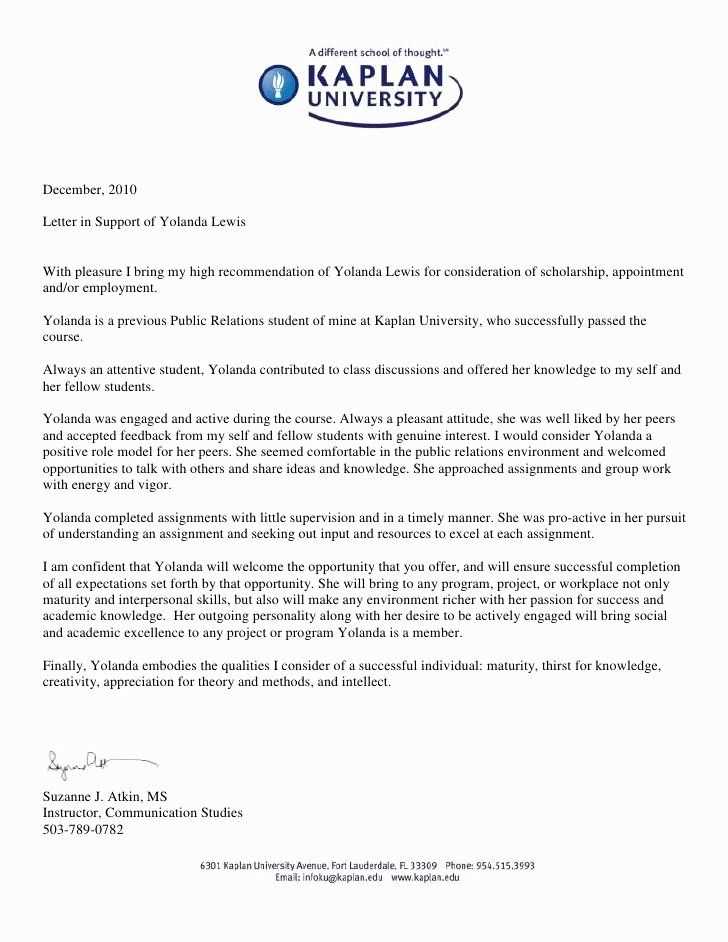
When it comes to academic and professional growth, a well-crafted endorsement can play a crucial role in helping individuals stand out. Whether you’re supporting a student or a colleague, the ability to write a compelling and persuasive recommendation is essential. This support can influence future opportunities, such as academic admissions or job placements.
Crafting a thoughtful and effective endorsement involves more than just providing a generic statement of approval. It requires highlighting specific qualities and achievements that make the individual a suitable candidate for the opportunity they seek. The key is to balance both objective details and personal observations that reflect the candidate’s strengths.
Effective academic references should emphasize the unique contributions and qualities that set the person apart. By focusing on their skills, work ethic, and potential for success, you create a powerful endorsement that can help them achieve their goals. The structure and tone of your message also play an important role in making it resonate with its intended audience.
Why Endorsements Matter for Professors
Strong academic support is a critical component in helping students and colleagues secure opportunities that can shape their futures. Such endorsements offer a clear and personalized perspective on an individual’s qualifications, character, and potential. This form of recommendation allows decision-makers to gain a deeper understanding of the candidate’s abilities beyond grades or resumes.
When someone in a teaching or research position offers their endorsement, it carries weight due to their expertise and experience. Their insight into the candidate’s intellectual capabilities, work ethic, and contribution to the academic community is valuable. These types of statements can provide essential context that makes the candidate stand out in competitive fields.
Endorsements also serve to build trust, as they come from established professionals with a strong reputation. The relationship between the endorser and the individual is key to adding credibility to the recommendation. A well-crafted academic endorsement can significantly influence acceptance into prestigious programs, job offers, and other career advancements.
Essential Elements of a Strong Reference
A powerful academic endorsement should include key elements that effectively showcase the candidate’s abilities and achievements. These components help create a well-rounded portrayal of the individual, providing relevant insights that go beyond surface-level praise. A thorough and compelling reference speaks to the candidate’s qualifications, character, and potential for success.
Clear and Specific Examples
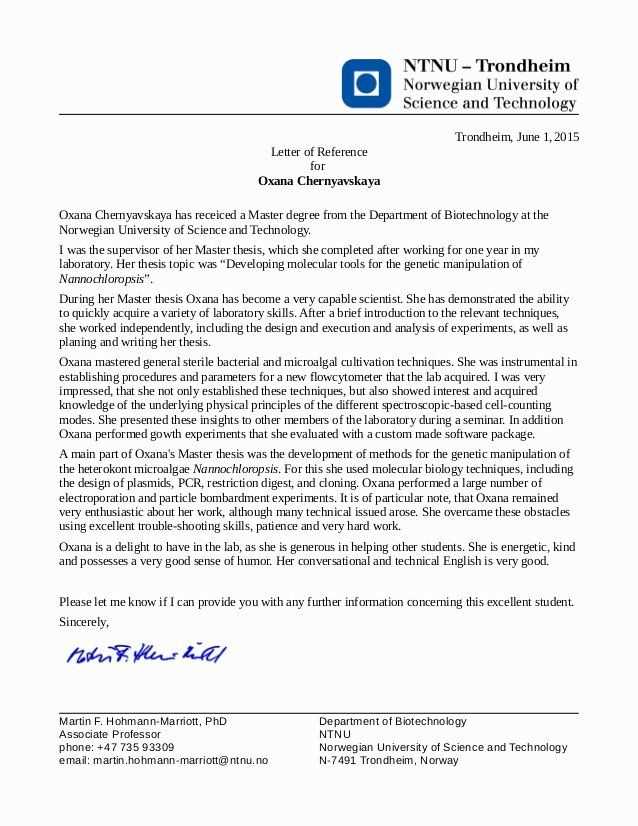
One of the most important aspects of an effective endorsement is the inclusion of specific examples. Rather than offering vague statements, it is essential to highlight concrete achievements or instances where the individual demonstrated their skills, work ethic, or creativity. These examples provide credibility to the claims and offer a more detailed picture of the candidate’s capabilities.
Personal and Professional Qualities
A strong endorsement also emphasizes the personal traits and professional qualities that set the individual apart. Attributes such as leadership, collaboration, perseverance, and intellectual curiosity are all valuable qualities that can significantly impact the candidate’s future. By addressing both personal and professional aspects, the reference can present a comprehensive evaluation of the individual’s potential.
How to Structure a Strong Endorsement
Creating a clear and organized endorsement requires careful attention to structure. A well-structured reference ensures that all the necessary information is presented logically, making it easy for the reader to follow. The flow of your message should begin with an introduction, followed by a detailed body, and conclude with a strong endorsement that leaves a lasting impression.
Introduction: Setting the Context
The first section should provide context for your endorsement. Introduce the individual you are recommending, mentioning how long you have known them and in what capacity. This establishes your credibility as an endorser and helps the reader understand the basis of your evaluation.
- State your relationship with the individual.
- Specify the duration of your acquaintance.
- Explain your role in evaluating the person’s skills or qualifications.
Body: Showcasing Key Qualities and Achievements
The body of your endorsement should focus on the candidate’s specific strengths, experiences, and contributions. Provide clear examples that highlight the individual’s abilities and the impact they have had. This section should also cover any relevant skills, accomplishments, and personal traits that align with the opportunity the person is seeking.
- Highlight academic or professional achievements.
- Discuss relevant skills or competencies that make the person stand out.
- Provide concrete examples of how the individual demonstrated these qualities.
Conclusion: Ending with a Strong Recommendation
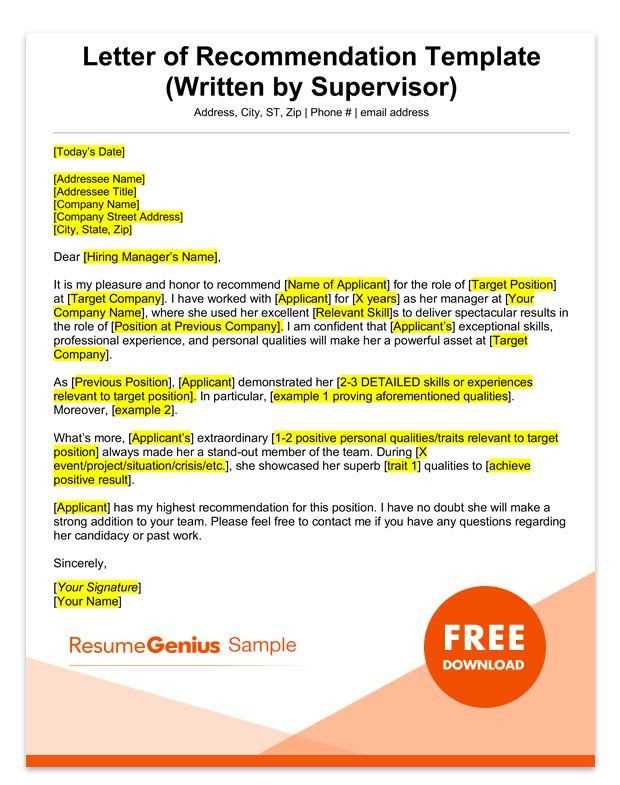
Conclude by summarizing your endorsement and re-emphasizing why the individual is highly qualified for the opportunity. State your confidence in their abilities and offer your strong recommendation. This closing paragraph should leave no doubt about the candidate’s suitability.
- Summarize the individual’s strengths.
- Clearly express your support for their candidacy.
- Invite the reader to contact you for further details if necessary.
Tailoring Your Endorsement to the Applicant
Each individual is unique, and the best way to create an impactful endorsement is by tailoring it to the specific strengths, achievements, and goals of the applicant. Customizing your message not only demonstrates your understanding of the person’s qualities, but also helps to highlight how they align with the requirements of the opportunity they are pursuing. A generic reference will not have the same impact as one that speaks directly to the individual’s distinctive attributes.
Understanding the Applicant’s Goals
Before crafting your endorsement, take the time to understand what the applicant is aiming to achieve. Whether they are applying for a job, an academic program, or a scholarship, knowing their goals will help you highlight the most relevant skills and experiences. This allows you to emphasize the qualities that are most likely to resonate with the selection committee or hiring team.
Key Areas to Focus On
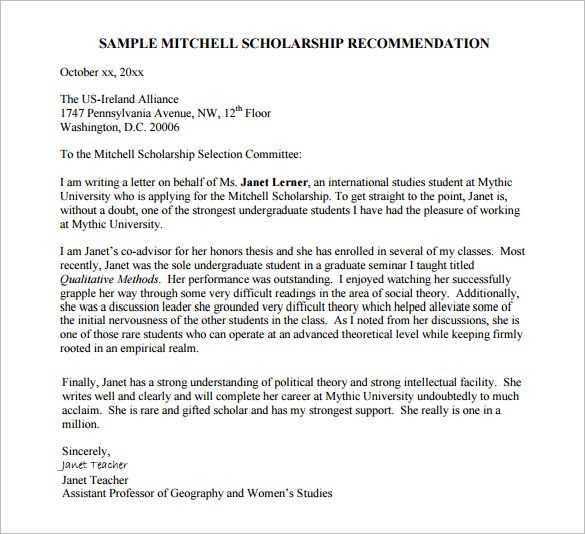
Different situations require different emphasis. Below is a table of various types of opportunities and the key areas you should focus on when tailoring your endorsement:
| Opportunity Type | Key Areas to Highlight |
|---|---|
| Academic Program | Research skills, academic achievements, intellectual curiosity |
| Job Application | Work ethic, problem-solving abilities, leadership skills |
| Scholarship | Community involvement, personal values, academic excellence |
By aligning your endorsement with the applicant’s specific objectives, you help present them in the most compelling light possible, increasing their chances of success.
Common Mistakes to Avoid in Recommendations
When crafting an endorsement, it is essential to avoid common pitfalls that can undermine its effectiveness. A poorly written or generic reference may fail to convey the candidate’s strengths, resulting in a missed opportunity. To ensure your endorsement has the desired impact, be mindful of several common mistakes that can diminish its value.
Being Too Vague or General
One of the biggest mistakes in writing an academic endorsement is being overly vague. Statements like “They are a good student” or “They worked hard” lack the depth and specificity needed to make a meaningful impact. It is crucial to back up your praise with concrete examples and details that demonstrate why the person stands out. Providing specific instances of their achievements or behavior makes your endorsement more credible and persuasive.
Focusing Only on Positive Qualities
While it’s important to highlight the candidate’s strengths, it’s equally important to provide a balanced view. Overly glowing endorsements that don’t mention any potential weaknesses can seem insincere. Acknowledging areas for growth or challenges faced can actually make the reference appear more genuine. However, it’s important to frame any critiques constructively and focus on how the person overcame obstacles or developed over time.
Tips for Writing an Effective Endorsement
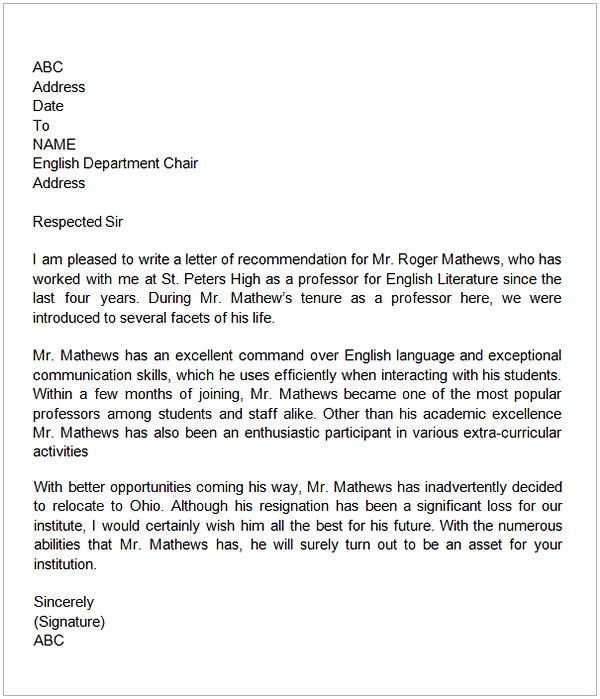
Writing an impactful endorsement involves more than just highlighting the candidate’s achievements. It requires thoughtful consideration of the individual’s skills, experiences, and goals, all while maintaining a clear and persuasive tone. To create a compelling endorsement, there are several key strategies to keep in mind.
Be Specific and Provide Evidence
General praise can often feel impersonal, so it’s important to support your statements with specific examples. Instead of simply stating that someone is “hardworking” or “intelligent,” describe situations where they demonstrated these qualities. Providing concrete examples makes your endorsement more credible and allows the reader to visualize the individual’s potential and capabilities.
Keep the Focus on the Candidate
An effective endorsement is centered on the individual you are supporting. While it’s helpful to include some background about your relationship with the person, the majority of the content should focus on the candidate’s qualifications, skills, and accomplishments. Avoid shifting the focus to your own accomplishments or experiences. Your primary goal is to illustrate why the person you are endorsing is an excellent fit for the opportunity they are pursuing.